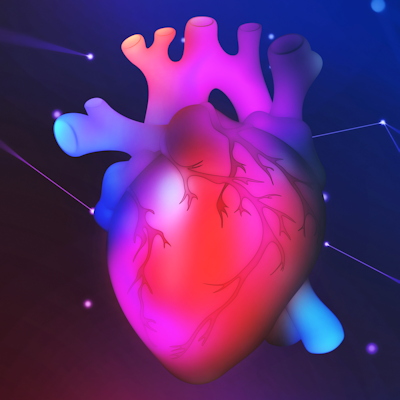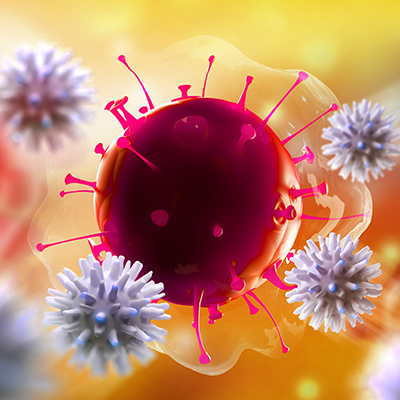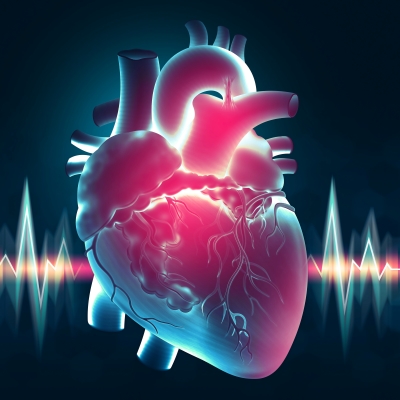February 6, 2023 -- University of Virginia researchers and their collaborators have identified genes that play a key role in the development of coronary artery disease, the number one cause of death worldwide. The research, published recently in Circulation Research, may provide scientists with promising therapeutic targets as they work to develop new and improved treatments.
Coronary artery disease (CAD), the most common form of heart disease, affects more than 20 million people in the U.S., and is responsible for an estimated 1 in 4 deaths in the U.S. each year. CAD is caused by the buildup of fatty plaque in the walls of the arteries that supply blood to the heart -- a process called atherosclerosis, which can lead to heart attacks if unchecked. The genetic factors that contribute to CAD development remain unclear.
The researchers sought to find the genes responsible for CAD development in the arteries, since that is where plaque forms. To hone in on genes important in CAD development, researchers examined cells collected from 151 previously healthy racially diverse heart-transplant donors. This provided them with abundant information on gene activity in smooth muscle cells. These cells naturally line our arteries, but can also serve as the foundation for fatty plaques that build up inside those arteries.
The researchers found notable differences in gene activity between males and females in smooth-muscle cells. They also identified important differences in smooth-muscle cells that were proliferating and those that were not. Using the gene activity data, the scientists worked backward to triangulate specific gene variations responsible for harmful smooth-muscle cell changes, and successfully identified the genes responsible for CAD risk at these locations. Collectively, their results provided evidence for the molecular mechanisms of genetic susceptibility to CAD in distinct smooth-muscle cell phenotypes.
Currently, doctors commonly prescribe cholesterol-lowering drugs that work to reduce risk factors for heart disease. However, given the improved understanding of how smooth-muscle cell changes in the arteries contribute to plaque formation, the researchers' findings can potentially be used to identify drugs that target the disease where it originates. To help other heart researchers capitalize on their discoveries, the team has created a free, user-friendly website that allows others to review and analyze their data.
"We expect that our findings will provide a rich catalog of genes for the cardiovascular community to study in years to come," said University of Virginia senior researcher Mete Civelek, PhD, in a statement. "And, of course, we hope some of these genes will be targets of a new class of drugs that target the plaque development in the arteries, to the benefit of millions of patients."
Copyright © 2023 scienceboard.net










